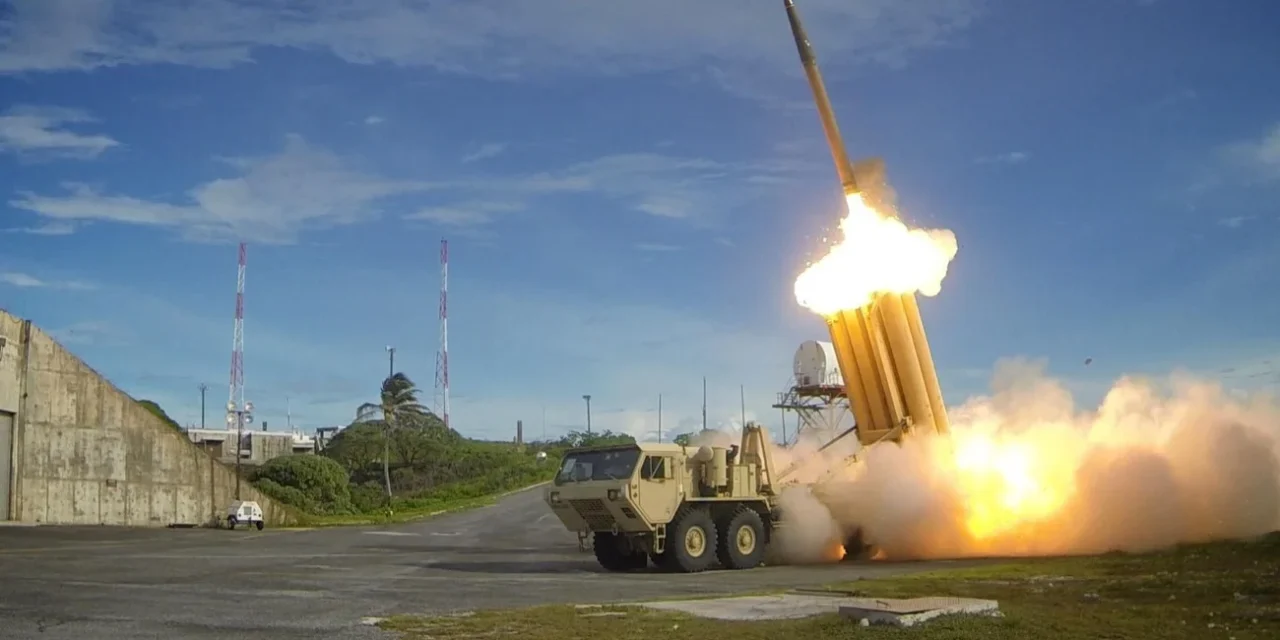International collaborations significantly enhance the development and deployment of missile defense systems by pooling resources, expertise, and technologies among participating nations. These partnerships strengthen global security, improve system capabilities, and foster interoperability. Here’s how international collaborations impact missile defense:
1. Pooling Resources for Development
- Shared Costs: Missile defense systems are expensive to develop and deploy. Collaborative projects distribute financial burdens among nations, making large-scale systems feasible.
- Example: The NATO Ballistic Missile Defence (BMD) program is a collective effort among member countries.
- Joint R&D: Collaborative research and development accelerate technological innovation.
- Example: The Arrow missile defense system, co-developed by the U.S. and Israel, combines American funding with Israeli technological expertise.
2. Enhanced Technological Innovation
- Access to Advanced Technologies:
- Partnering nations gain access to cutting-edge technologies and expertise from each other.
- Example: The Aegis Ballistic Missile Defense (BMD) system incorporates contributions from Japan, particularly the co-development of the SM-3 Block IIA interceptor.
- Knowledge Sharing:
- Collaborations facilitate the exchange of technical expertise, improving the overall quality and performance of systems.
3. Improved Interoperability
- Integrated Defense Networks:
- Collaborative systems are designed to operate seamlessly across different platforms, enabling allied forces to share data and coordinate responses.
- Example: NATO’s Integrated Air and Missile Defence (IAMD) architecture ensures interoperability among systems like Patriot, Aegis, and SAMP/T.
- Standardization:
- Partnerships help develop shared communication protocols and standards, ensuring systems work together effectively.
4. Global Coverage and Regional Defense
- Strategic Deployment:
- Collaborative efforts ensure deployment of missile defense systems in critical regions to protect allied territories.
- Example: The U.S. THAAD deployment in South Korea, supported by mutual defense agreements, enhances regional security against North Korean threats.
- Shared Assets:
- Nations share radar systems, interceptors, and data networks for comprehensive regional and global coverage.
5. Geopolitical Impacts
- Strengthening Alliances:
- Collaborative missile defense systems reinforce military and political alliances, enhancing mutual trust and cooperation.
- Example: The U.S.-Japan partnership on missile defense strengthens their alliance in the Asia-Pacific region.
- Deterrence:
- Multinational missile defense capabilities act as a deterrent against potential adversaries by demonstrating collective strength.
6. Challenges in Collaboration
- Geopolitical Sensitivities:
- Deploying missile defense systems can provoke tensions with neighboring countries.
- Example: China and Russia opposed the U.S. deployment of THAAD in South Korea, citing security concerns.
- Funding Disparities:
- Nations with unequal contributions may experience tensions over decision-making and resource allocation.
- Complexity of Integration:
- Integrating systems with different technologies and operational doctrines requires significant effort and coordination.
Examples of Successful International Collaborations
- NATO Missile Defense:
- Combines assets from multiple member states to protect European territories against missile threats.
- Arrow System (U.S.-Israel):
- Demonstrates the effectiveness of combining American resources with Israeli innovation.
- Aegis Ashore (U.S.-NATO):
- Land-based versions of the Aegis BMD system deployed in Europe to strengthen NATO’s missile defense shield.
- Japan-U.S. SM-3 Interceptor Development:
- Jointly developed interceptor designed to counter intermediate-range ballistic missiles.













